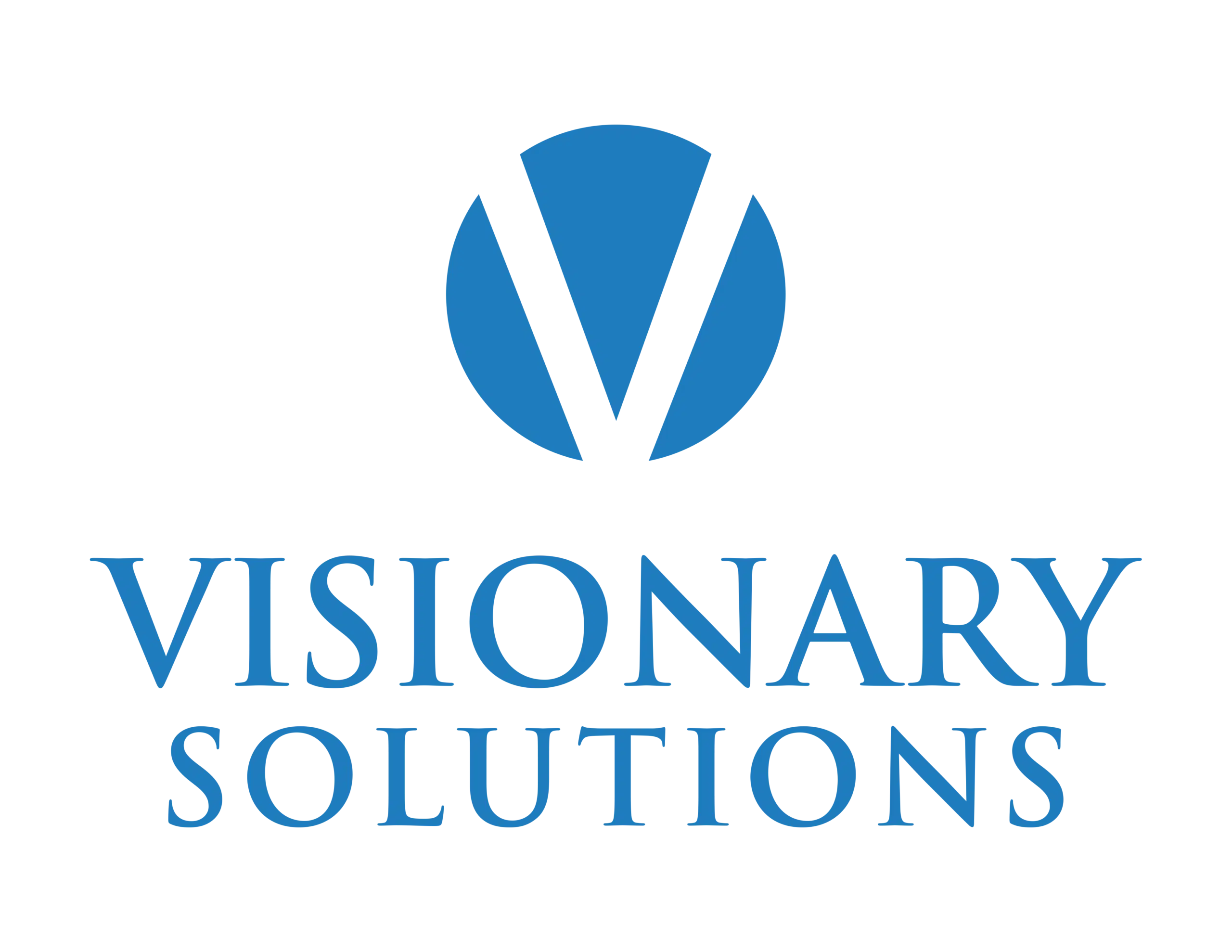UNDERSTANDING THE
HIDDEN COSTS OF
EMPLOYEES IN THE
WORKPLACE
UNDERSTANDING THE TRUE COST OF YOUR EMPLOYEES
June 10, 2015 the U.S. Bureau of Labor Statistics reports the average total compensation cost of an office or sales employee is $24.53 per hours worked on an average salary of $17.23.
An average private company spends 30-40% of gross income on payroll. It’s important to understand
the true cost of your employees. How does a $36,000 salary (17.31/hr) become a $51,000 expense?
The US Bureau of Labor Statistics gives a detailed view.
SALES AND OFFICE EMPLOYER COSTS PER HOUR WORKED FOR EMPLOYEE COMPENSATION
INDIRECT COST
In order to ascertain the true cost a company spends on their employees, it’s important to factor indirect expenses as well.
RECENT CHANGES IN HEALTHCARE
Health Insurance benefits reached $3.71 and 6.6 percent of total compensation for management, professional, and related occupations. Among other occupational categories, employer costs for health benefits averaged $2.30 (9.4 percent of total compensation) for sales and office occupations.
Health insurance benefit costs increased across all business types, both in average hourly dollar amount and as a proportion of total compensation, with establishment size.
EXPENSES CONTINUE TO RISE
As at 2016, small businesses with more than 100 full-time equivalent employees must provide health coverage to at least 70% of full-time employees starting in 2015 and 95% of full-time employees. Even employers who only have a workforce of 50-99 full-time equivalent employees will have to insure their full-time workforce as well.
Although the temptation to neglect these rules will be great, especially for smaller companies. It is better to comply, as penalties for non-compliance can be as high as $3000 per employee.
Additionally, businesses making over $250,000 in profit must pay a 0.9% increase on the current Medicare part A tax. The tax is split (.45% each) between the employer and employees making over $200,000 individual ($250,000 family).Health insurance benefit costs increased across all business types, both in average hourly dollar amount and as a proportion of total compensation, with establishment size.
KEEPING UP WITH THE COMPETITION
Worldwide improvements in Telecommunications, Software Development, Connectivity, VOIP, Interactive Voice Response has extended the reach and capabilities of all business sizes. Technology permits small businesses to appear like and compete with larger competition.
Virtual Administrative Assistants and Customer Service and Sales Outsourcing allow small businesses to have larger staff at lower costs.
Many business processes are repetitive and routine in nature, these activities have to be carried out swiftly, efficiently and above all accurately. Contracting companies that specialize in these type of activities can improve a department or process. Small businesses must be efficient, automated and compartmentalize operations.
Based on U.S. Bureau of Labor Statistics recent report we can compare the Total Employee Compensation Cost of an employee in your office versus contracting a company skilled in this.
$36,000 Salary/Wage
$51,000 Total Employee Compensation Cost
$25,000 Total Employee Compensation Cost of an Equally Skilled Outsourced Employee
$26,000 Annual Savings per Employee
A staff of 10 outsourced employees can result in $260,000 annual savings.
A staff of 50 outsourced employees can result in $1,300,000 in annual savings.
Remember: Indirect expenses in recruiting, equipment, office and management are also taken out of the equation.
The facts are clear. The rising hidden costs of the domestic workforce is making it harder to companies – especially smaller outfits – to be competitive. The case for outsourcing routine work is abundantly clear. Now more than ever. Outsourcing a portion of a small businesses staff can significantly increase a profit margin and become more efficient in the process.






